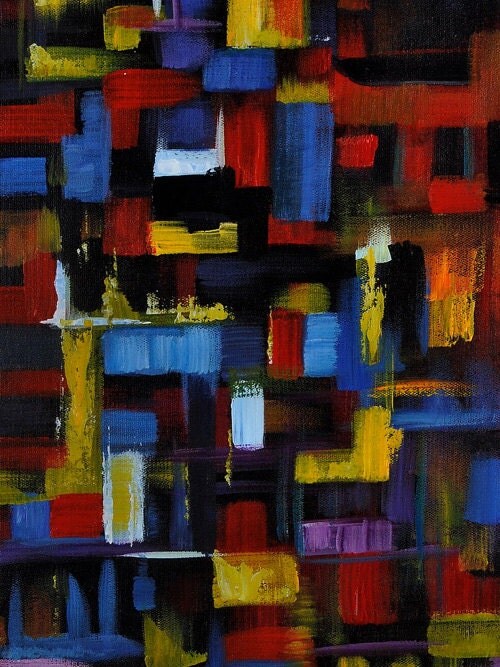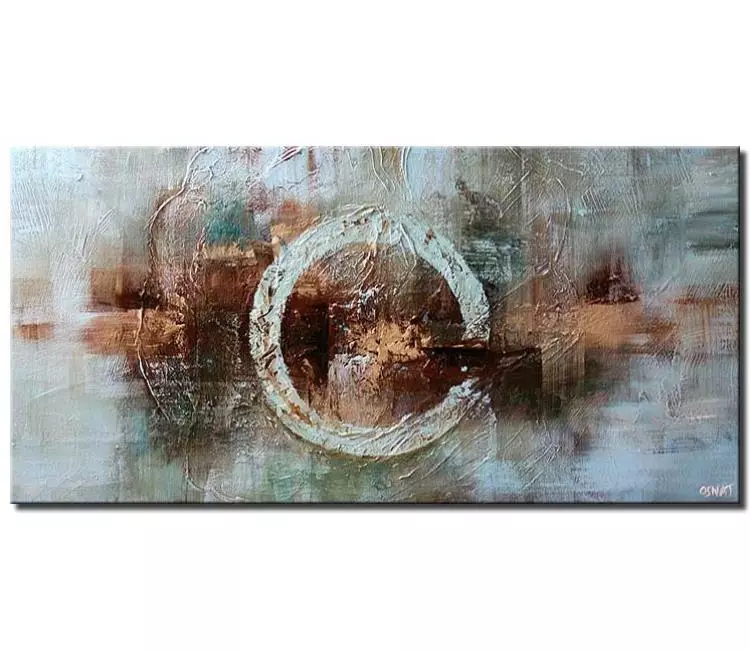Abstract art isn’t only the simplification
of an object or form but can also be the object blown out of proportion, or
exaggerated, being a painting or sculpture.
There are three main forms of abstract art
which are Cubism, Neoplasticism and abstract expressionism.
This art compromised various popular artists as it was a stepping stone that lead them to develop the style they are known for like Picasso and Georges being famous cubists, Piet Mondrian being a famous neoplasticist and Jackson Pollock being a famous artist of abstract expressionism.
This art compromised various popular artists as it was a stepping stone that lead them to develop the style they are known for like Picasso and Georges being famous cubists, Piet Mondrian being a famous neoplasticist and Jackson Pollock being a famous artist of abstract expressionism.
Abstract art began in 1911
Mainly being an art constructed from vertical, horizontal or diagonal lines or simple shapes in a certain pattern so its simple yet still has a feel of movement . If not constructed from harsh lines they are hinted by elements like colour and softer lines.
Mainly being an art constructed from vertical, horizontal or diagonal lines or simple shapes in a certain pattern so its simple yet still has a feel of movement . If not constructed from harsh lines they are hinted by elements like colour and softer lines.
Examples:
Has one shape in the center and hints of square like shapes with soft colours in the background.
Has no specific shapes but a flow of different colours with hints of some forms making it abstract.
Abstract work that has bold shapes that clearly make up most of the image. Different colours seperating each part. Construction of shapes to create a scene.
Picture with a circle by Wassily Kandinsky, one of the first works to start off this
movement.
His theory was that colours make certain
emotions come out, and its true. Many different artists use specific colours on
their works to encourage a certain emotion from the viewer.
Abstract Art - Definition of Abstract Art -
Glossary of Art History Terms. 2013. Abstract Art - Definition of
Abstract Art - Glossary of Art History Terms. [ONLINE] Available
at: http://arthistory.about.com/od/glossary_a/a/a_abstract_art.htm.
[Accessed 16 May 2013].





No comments:
Post a Comment